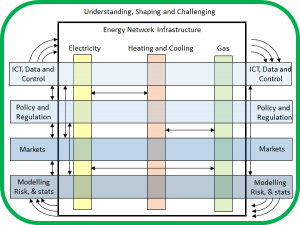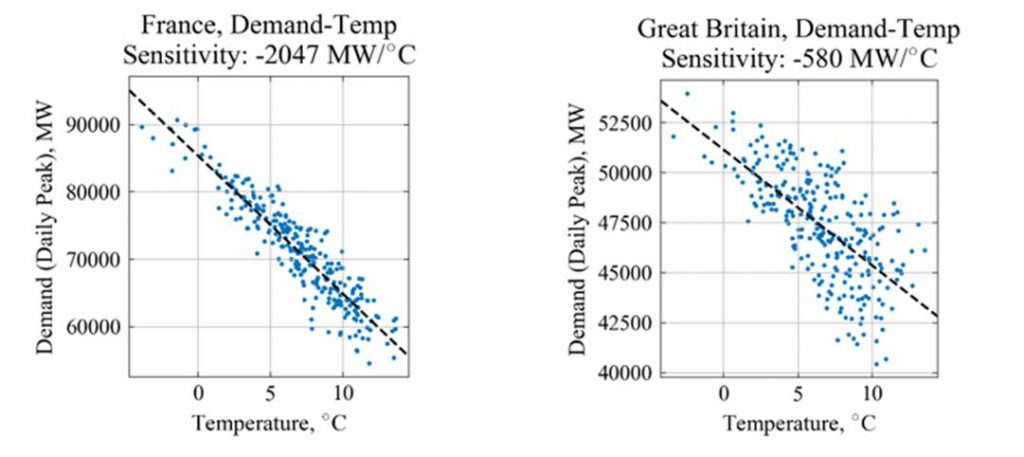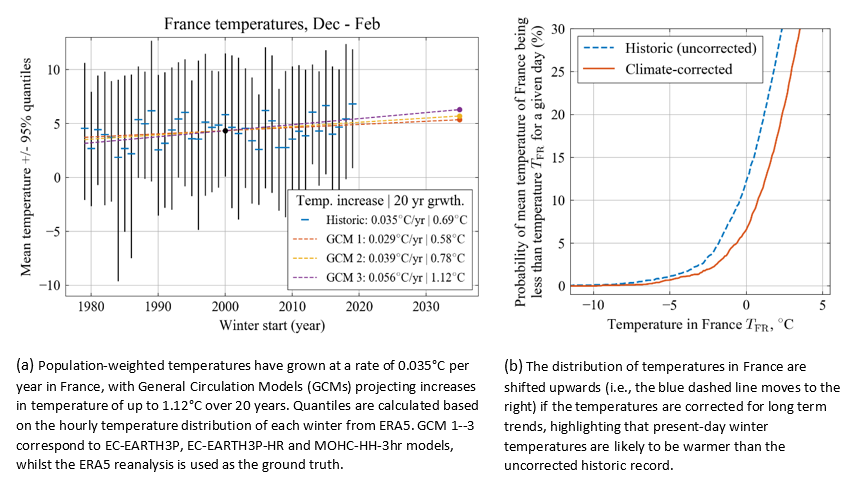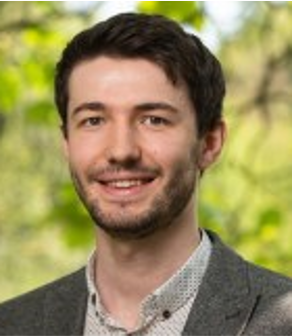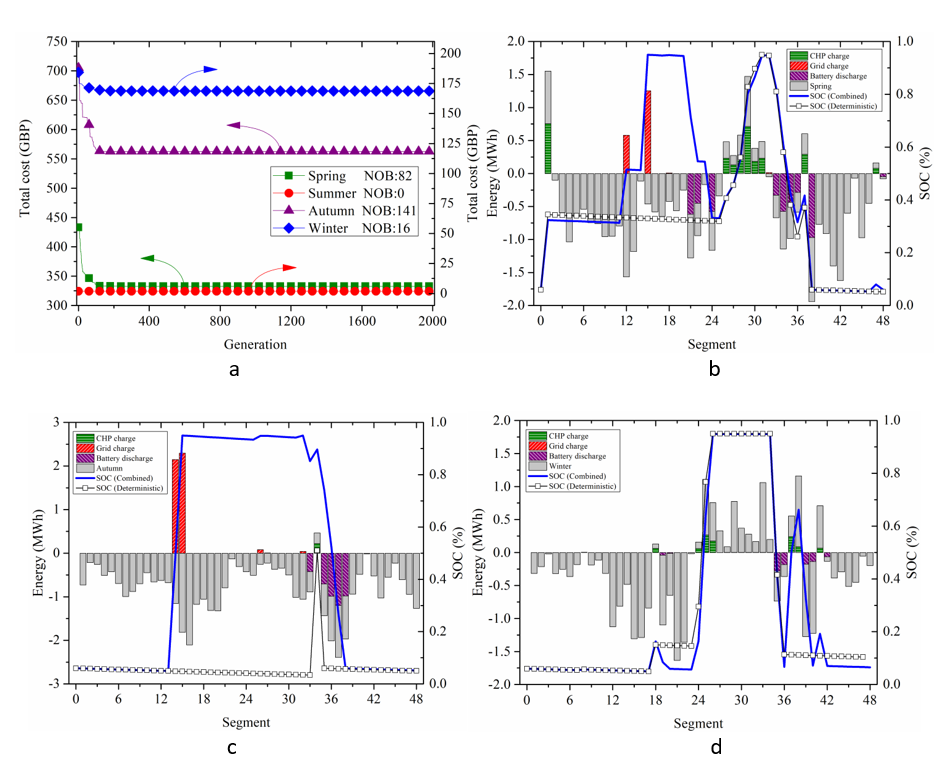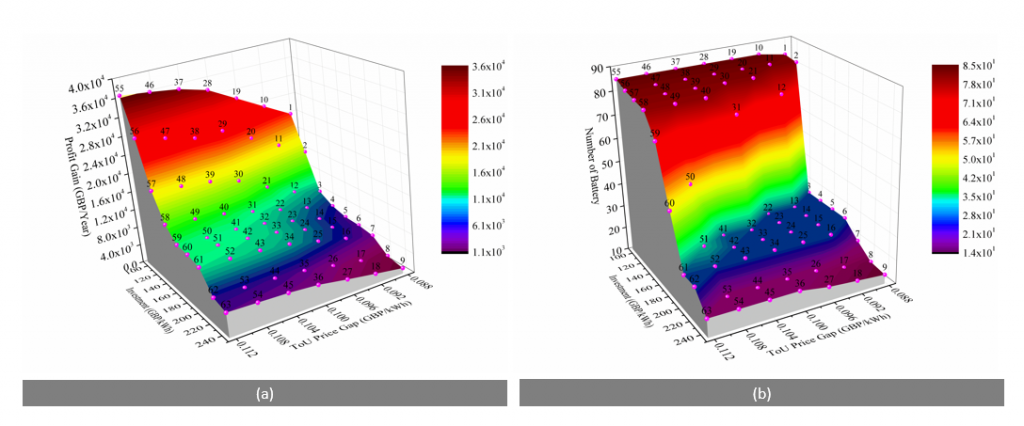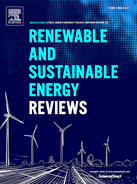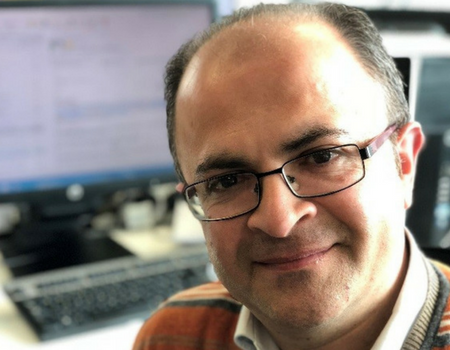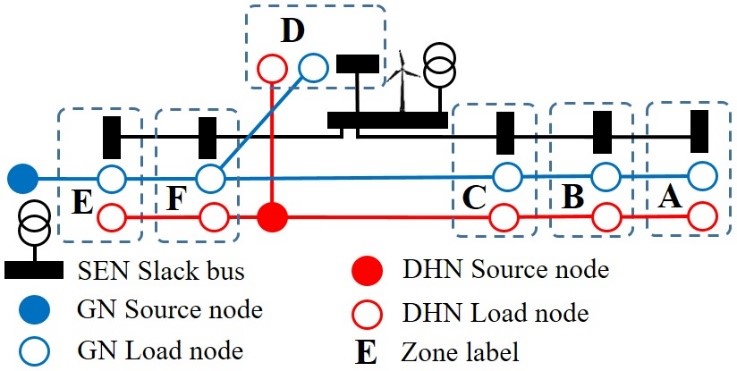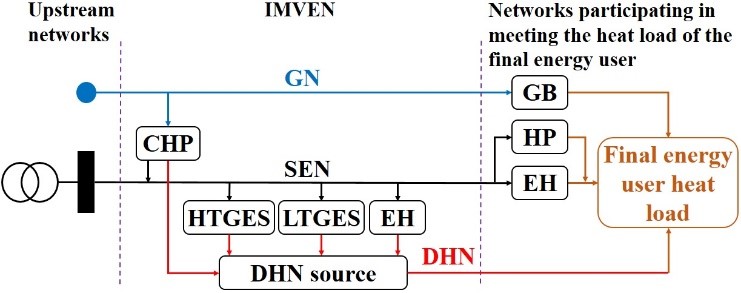Conference of the Parties (COP) is arguably one of the most important international conferences, bringing together governments and policymakers from across the globe to deliberate on matters concerning global climate.
About the Author
Dr. Andreas Elombo is a Research Associate in Future Energy Networks within the Supergen Energy Networks (SEN) Hub, under the School of Computer Science, Electrical and Electronic Engineering, and Engineering Mathematics (SCEE M) at the University of Bristol.
M) at the University of Bristol.
He holds a Doctor of Philosophy (PhD) in Engineering Science from the University of Oxford (United Kingdom), and a Master of Science (MSc) in High Voltage Engineering from the University of Stellenbosch (South Africa).
Conference of the Parties (COP)
Since the first COP meeting in 1995, member countries have convened annually to agree guidelines that could be adopted by all member countries in order to commit to abating the global threat of climate change.
The Paris Agreement (2015) took on the mandate to hold to account all its signatories on the pledges they have made to reduce their greenhouse gas emissions, and commit to working together to limit global warming to below 2℃ or, more ambitiously, below 1.5℃ compared to pre-industrial levels.
Figure 1 shows the Climate Action Tracker thermometer, an independent scientific tool that tracks government climate action and measures it against the globally agreed Paris Agreement targets.
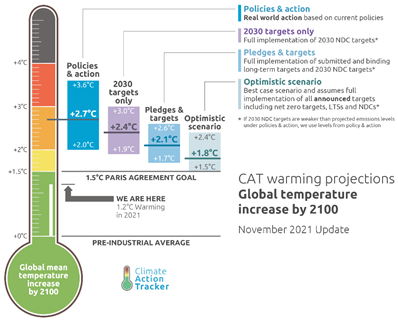
Key Outcomes of COP26
In the context of the renewed urgency brought about by the fast-rising global temperatures, COP26 was a meeting at which countries of the world were faced with the pressure to arrive at a concrete agreement that helps put into action all tools required to move toward a net-zero global economy by 2050. Two key outcomes that capture the essence of this urgency are the Glasgow Climate Pact, as well as the finalization of the Paris Rulebook.
What do the outcomes of COP26 mean for energy networks?
There is an international consensus that now is the time to act with renewed efforts toward alleviating the impact of climate change and ensure that the factors contributing to the climate change crisis are abated.
Specific outcomes include the intensified drive to limit global temperatures below 1.5℃, the phasing down of coal-based power and the phase-out of fossil fuel subsidies, climate change and adaptation finances, and carbon markets incentives.
From the perspective of energy networks, it means that the energy networks will need to adapt to the new energy resources and applications by essentially undergoing a rapid transformation that enables these networks to serve as a well-suited conduit for delivering energy to customers. The important function of energy networks is to deliver energy to customers in a reliable, sustainable, and cost-effective manner.
Electric Vehicles
The electrification of motor vehicles has already given rise to the introduction of electric vehicles onto the energy networks. This is a new load that must be served by the energy networks. The charging of these vehicles, as one can imagine, will be very stochastic in nature. Combining the stochasticity of the charging of these vehicles with the intermittency in energy generation gives rise to a chaotic reality.
Heating
The heating sector is also undergoing a rapid revolution of decarbonization. It is believed that green hydrogen will act as cushion that will allow us to transition from fossil-based oil and gas dependency into an era of low-carbon heating. Existing heating fuel will most likely adopt green hydrogen in place of methane-based gas heating. What this means for energy networks is that the existing gas networks will need to undergo re-designing or some sort of adaptation in order to be able to transport green hydrogen reliably and securely.
Conclusions
The role of the energy sector in bringing about a net-zero reality is immense. Fossil fuels will be replaced with low-carbon energy resources such as solar, tidal, and wind energy resources, motor vehicles will be electrified, and heating will adopt green hydrogen as a form of fuel. All of this requires energy networks that are capable to deliver energy to customers in a reliable, sustainable, and cost-effective manner while navigating the complexity that arises from the integration of the variable energy sources (solar, tidal, and wind energy) and smart energy applications (V2G, demand-side response (DSR)).
The race is on. The task is decarbonization. It is a global task. Collaboration is essential in accomplishing this task.
The full article is available to download.
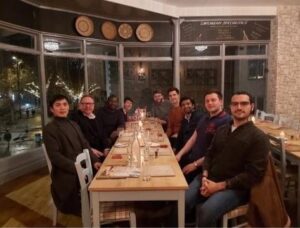

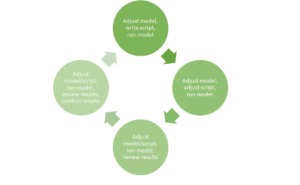
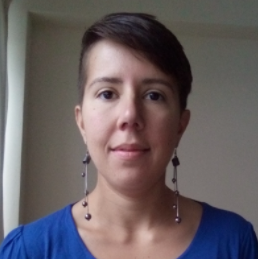 Electrical Engineering and is also a Postdoctoral Research Associate in Future Energy Networks at the University of Bristol with the Department of Electrical and Electronic Engineering.
Electrical Engineering and is also a Postdoctoral Research Associate in Future Energy Networks at the University of Bristol with the Department of Electrical and Electronic Engineering.
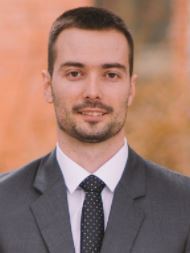
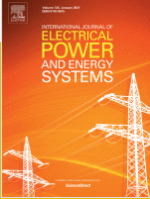 and will be published in the February 2022 issue of the Journal. The paper has been written through a well-organized coordination and professional commitment of all signed authors. It is now a good starting point for moving forward with new publications in high impact papers. The IJEPES is a highly respected, Q1‑journal (IF=4.63), with a tradition of 40 years of successful publication of high-quality research papers in the field of power and energy systems.
and will be published in the February 2022 issue of the Journal. The paper has been written through a well-organized coordination and professional commitment of all signed authors. It is now a good starting point for moving forward with new publications in high impact papers. The IJEPES is a highly respected, Q1‑journal (IF=4.63), with a tradition of 40 years of successful publication of high-quality research papers in the field of power and energy systems.